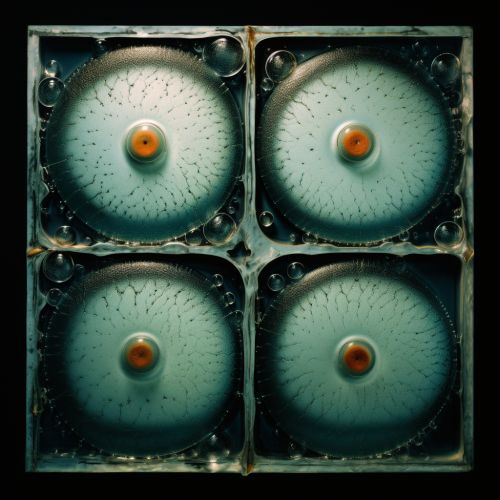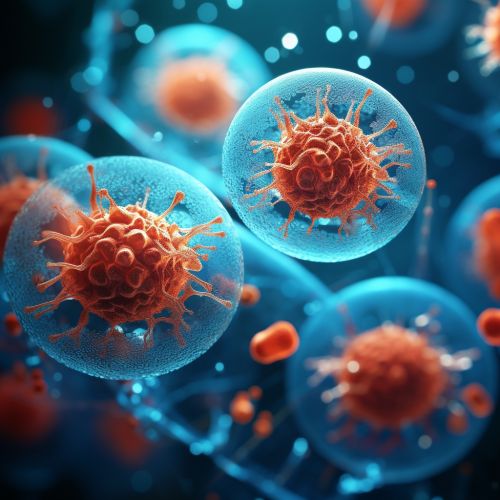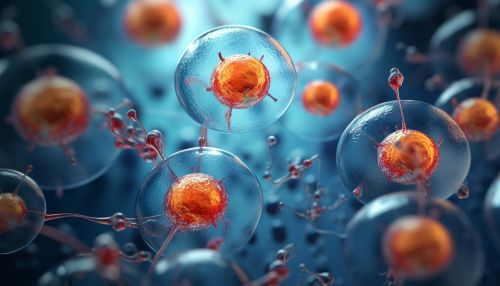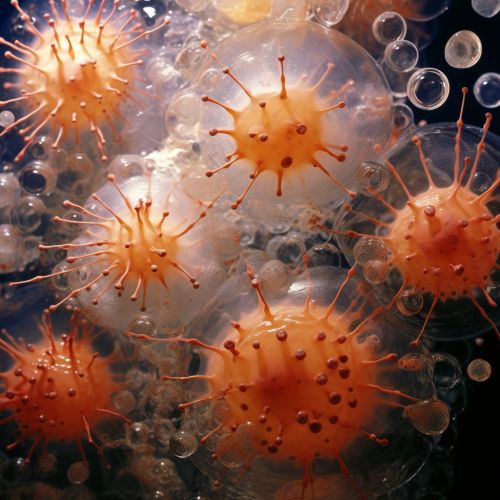The Biological Mechanisms of Cellular Regeneration
Introduction
Cellular regeneration is a biological process that involves the renewal and repair of tissues in an organism. This process is fundamental to the survival and health of all living organisms, allowing for the replacement of damaged or aged cells, and the growth and development of tissues and organs. Cellular regeneration is a complex process that involves a variety of biological mechanisms, including cell division, differentiation, and apoptosis cell death.
Cellular Division
Cellular division is a key mechanism in cellular regeneration. It is the process by which a single cell divides into two or more daughter cells. This process is crucial for the growth and development of tissues, as well as for the replacement of damaged or aged cells. There are two main types of cellular division: mitosis and meiosis cellular division types.


Mitosis
Mitosis is a type of cellular division that results in two daughter cells each having the same number and kind of chromosomes as the parent nucleus, typical of ordinary tissue growth. This process is essential for the growth and repair of tissues, as it allows for the production of new cells that are identical to the parent cell.
Meiosis
Meiosis, on the other hand, is a type of cellular division that results in four daughter cells each with half the number of chromosomes of the parent cell, as in the production of gametes and plant spores. This process is crucial for sexual reproduction, as it allows for the production of sperm and egg cells.
Cellular Differentiation
Cellular differentiation is another key mechanism in cellular regeneration. It is the process by which a less specialized cell becomes a more specialized cell type. This process is crucial for the development of tissues and organs, as it allows for the production of a variety of different cell types that perform different functions.


Stem Cells
Stem cells are undifferentiated cells that have the potential to differentiate into a variety of different cell types. They are crucial for cellular regeneration, as they provide a source of new cells that can replace damaged or aged cells.
Transdifferentiation
Transdifferentiation is a type of cellular differentiation where a non-stem cell transforms into a different type of cell. This process is less common than stem cell differentiation, but it plays a crucial role in certain types of cellular regeneration, such as the regeneration of the lens in the eye.
Apoptosis
Apoptosis, or programmed cell death, is a process that plays a crucial role in cellular regeneration. It is the process by which cells are programmed to die off, allowing for the removal of damaged or aged cells and the replacement with new cells.


Cellular Regeneration in Different Organisms
Cellular regeneration varies greatly among different organisms. Some organisms, such as certain types of salamanders and starfish, have the ability to regenerate entire limbs or organs. Other organisms, such as humans, have a more limited capacity for cellular regeneration, and can only regenerate certain types of tissues, such as skin and liver tissue.


Conclusion
In conclusion, cellular regeneration is a complex biological process that involves a variety of mechanisms, including cellular division, differentiation, and apoptosis. These mechanisms work together to ensure the survival and health of organisms, allowing for the growth and development of tissues and organs, and the replacement of damaged or aged cells.
